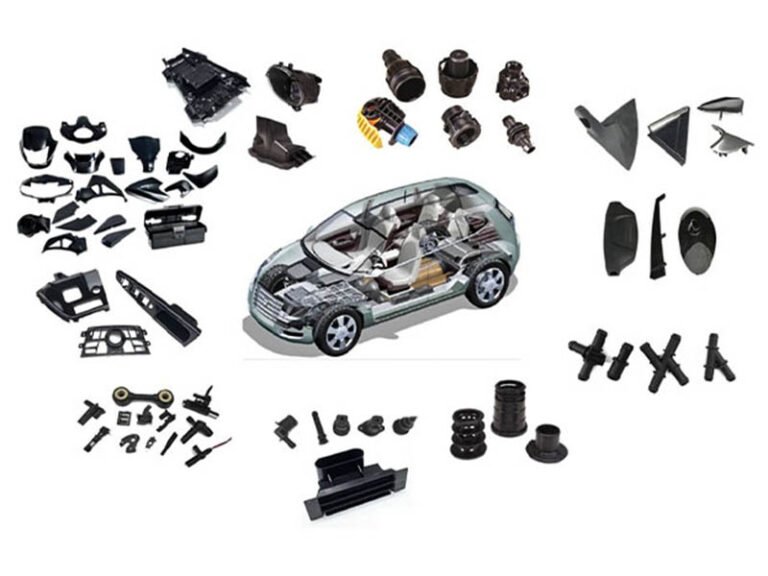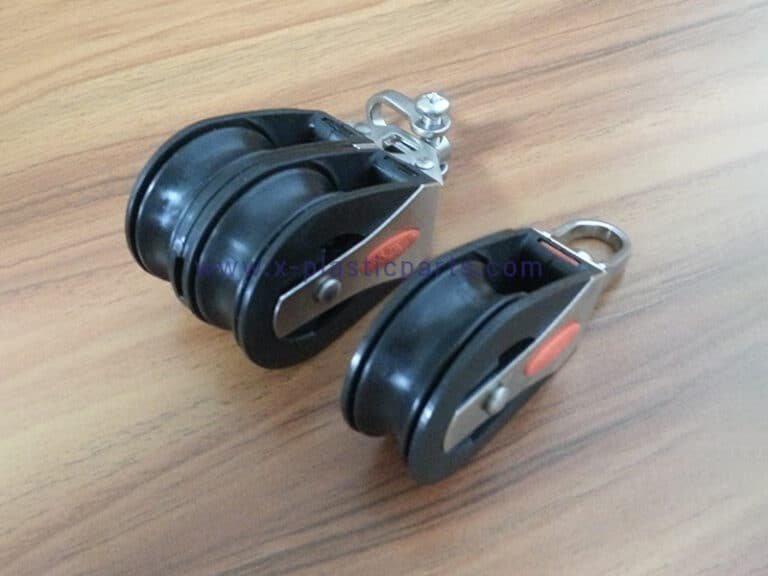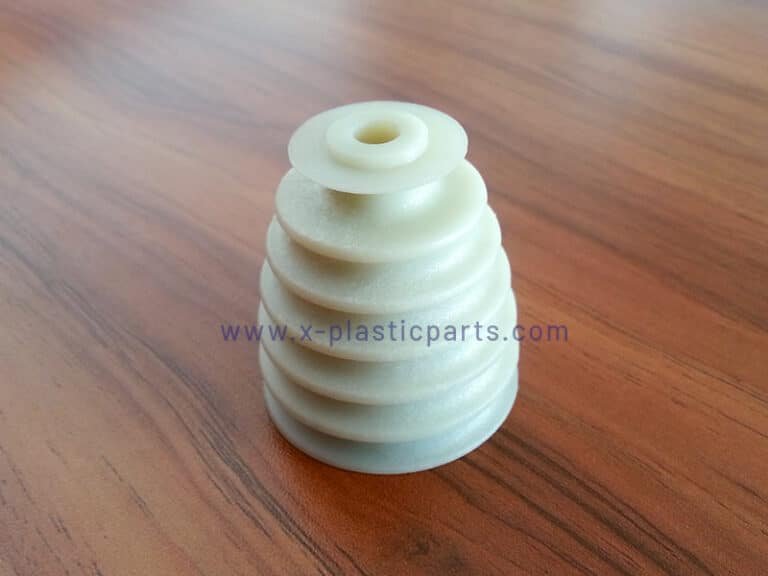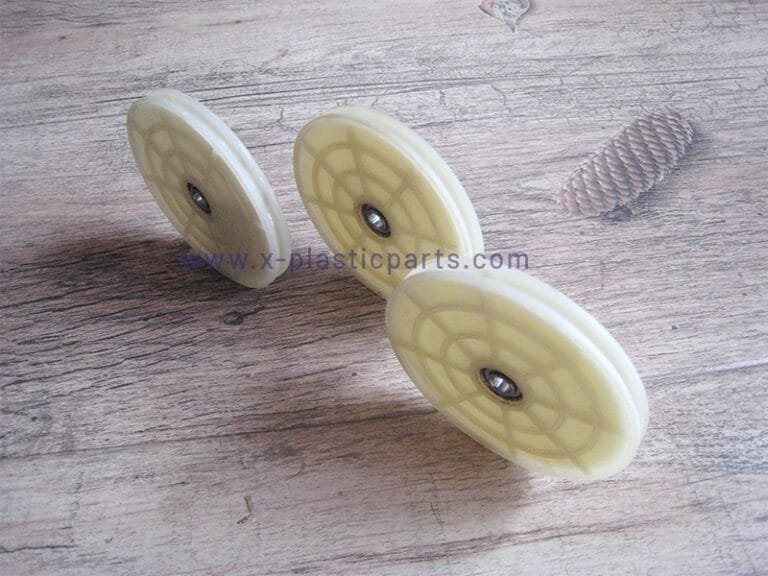Automotive injection molding is the backbone of modern vehicle manufacturing, enabling the mass production of precise, durable, and cost-effective components. From interior trims and dashboards to exterior bumpers and under-the-hood parts, this advanced process ensures high efficiency and consistency in producing automotive plastic components. By leveraging cutting-edge materials like thermoplastics and composites, manufacturers achieve lightweight, high-strength solutions that enhance vehicle performance and sustainability. As the industry evolves, innovations in mold design, process optimization, and material selection continue to shape the future of automotive injection, driving advancements in both aesthetics and functionality.
Distinctive Advantages of Injection Molding in Automotive Manufacturing
In today’s automotive industry, injection molding plays an indispensable role in producing parts that meet evolving demands for performance, sustainability, and design sophistication. Here’s how injection molding’s advantages distinctly empower automotive manufacturing beyond the common narratives:
Unmatched Production Scalability with Precision
Injection molding supports ultra-high-volume production runs without compromising dimensional accuracy or part consistency. This scalability, paired with tight tolerances, guarantees that each component seamlessly integrates into advanced automotive assemblies where reliability is paramount.
Innovative Material Integration for Performance
Beyond standard plastics, injection molding enables the incorporation of specialty composites and multifunctional materials. This allows automakers to push boundaries in thermal management, electrical conductivity, and impact resistance tailored for next-generation vehicles, including electric and autonomous models.
Design Freedom that Drives Functional Innovation
The process uniquely accommodates complex geometries and multi-material components within a single mold cycle. This design versatility fuels cutting-edge solutions such as lightweight structural reinforcements, aesthetic surface textures, and embedded sensor housings, all vital for modern vehicle functionality and user experience.
Sustainability at Scale
Modern injection molding techniques leverage recycled resins and optimize material usage to reduce waste significantly. Combined with energy-efficient production technologies, this fosters eco-conscious manufacturing practices that support automotive industry commitments to carbon footprint reduction and circular economy principles.
Cost Efficiency Beyond Volume
While high initial tooling costs are well-known, advanced mold design and automation reduce cycle times and minimize defects, translating to lower overall lifecycle costs. Tailored process controls ensure optimal resource utilization, making injection molding economically viable even for complex, high-performance parts with stringent quality requirements.
Reliability that Meets Automotive Safety Standards
Injection molded parts consistently meet and exceed rigorous industry standards for mechanical strength, chemical resistance, and long-term durability. Integrated quality assurance systems provide real-time monitoring and traceability, crucial for safety-critical components across powertrains, interiors, and exterior vehicle systems.
Common Applications of Injection Molding in the Automotive Industry
Interior Components
Automotive injection molding is widely used for crafting interior parts such as dashboards, door panels, center consoles, and trims. These components require precision, durability, and aesthetic appeal, making plastic injection molding automotive parts an ideal solution.

Exterior Parts
Bumpers, grilles, fenders, and lighting housings are produced using automotive plastic injection molding. The process ensures impact resistance, weather durability, and seamless integration with vehicle designs.
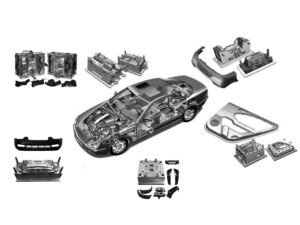
Under-the-Hood Applications
Injection molding automotive parts extend to engine covers, air intake systems, battery housings, and fluid reservoirs. These components must withstand extreme temperatures, mechanical stress, and chemical exposure while maintaining lightweight efficiency.
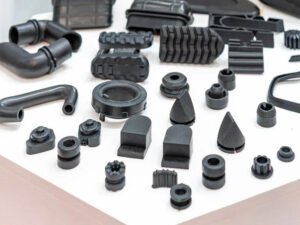
Materials Used in Automotive Injection Molding
Thermoplastics
Commonly used thermoplastics include:
- ABS (Acrylonitrile Butadiene Styrene): Provides strength and impact resistance.
- Polycarbonate: Used in lighting housings for its transparency and toughness.
- Polypropylene (PP): Lightweight and chemically resistant, ideal for fluid reservoirs and trim panels.
- Nylon: Offers excellent mechanical strength and heat resistance, making it suitable for under-the-hood applications.
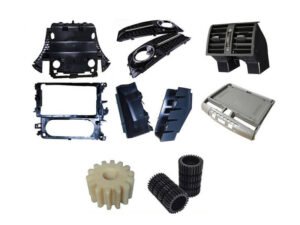
Thermosets and Advanced Composites
- Epoxy and Phenolic Resins: Used for heat-resistant applications.
- Fiber-Reinforced Plastics (FRP): Enhance strength while keeping components lightweight.
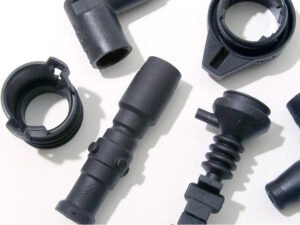
Considerations for Lightweighting and Sustainability
Automotive injection molding companies are increasingly adopting bio-based polymers and recycled plastics to reduce environmental impact. Lightweight materials improve fuel efficiency and support electric vehicle (EV) innovation.
Manufacturing Process for Auto Injection Molding
The manufacturing process for automotive injection molding involves several key steps:
Material Preparation: Selected materials, typically thermoplastic pellets, are fed into a hopper and heated in a barrel until they melt into a uniform liquid.
Injection: The molten plastic is injected into a mold cavity under high pressure using an injection molding machine. The mold is usually made from hard steel or aluminum.
Cooling and Solidification: Once the mold is filled, the material cools and solidifies. Cooling is controlled to prevent defects like warping or shrinkage.
Ejection and Finishing: After solidification, the mold opens, and the part is ejected. Any excess material is removed, and the part may undergo secondary processes like painting or assembly.
Challenges in Automotive Injection Molding
Dealing with High-Temperature Materials and Complex Geometries
Automotive injection molding often involves processing high-performance thermoplastics and composites that must withstand extreme temperatures and mechanical stress. Materials like polyamides, polycarbonates, and fiber-reinforced plastics require precise temperature control during molding to prevent warping, shrinkage, or degradation. Additionally, modern vehicle designs demand intricate geometries and thin-walled structures, making mold design and flow dynamics critical factors in ensuring defect-free parts.
Meeting Industry Regulations and Quality Standards
The automotive sector enforces strict regulatory requirements for safety, durability, and environmental impact. Injection-molded components must comply with standards such as ISO/TS 16949, ensuring consistency in quality across mass production. Manufacturers must also address rigorous crashworthiness, flame resistance, and VOC emission standards, particularly for interior components. To meet these stringent demands, advanced testing, real-time monitoring, and precision molding techniques are essential in achieving flawless automotive plastic injection molding results.
Conclusion: Why Automotive Injection Molding Matters
Automotive injection molding plays a pivotal role in modern vehicle manufacturing. Its ability to produce complex, durable, and lightweight components efficiently has revolutionized the industry. As materials and technologies continue to advance, the importance of injection molding in achieving sustainability and performance goals in automotive manufacturing will only grow.

